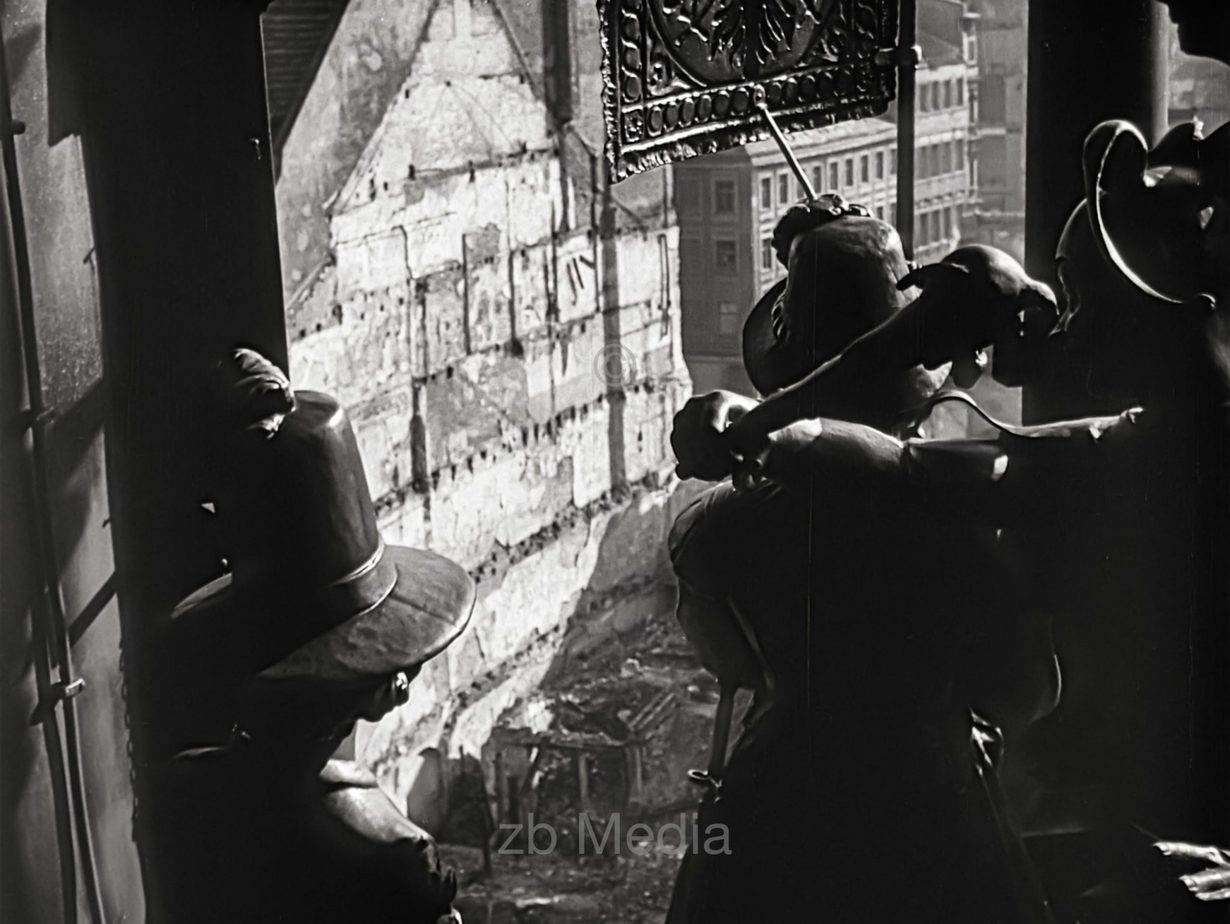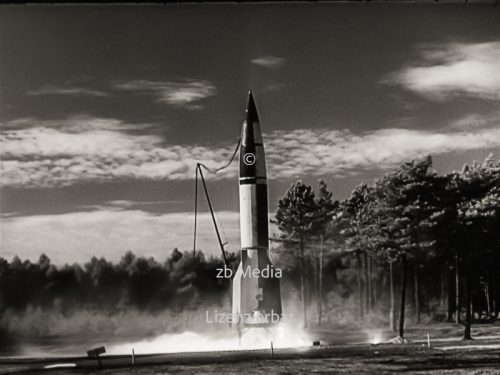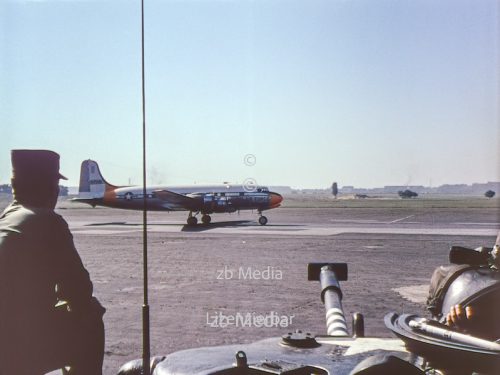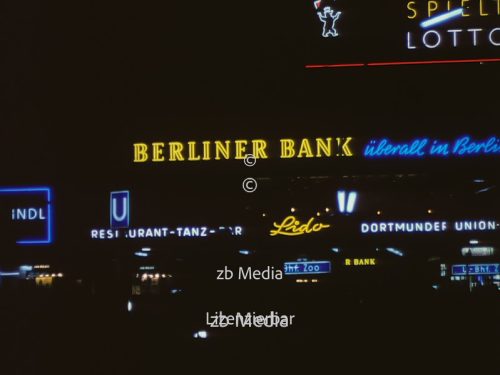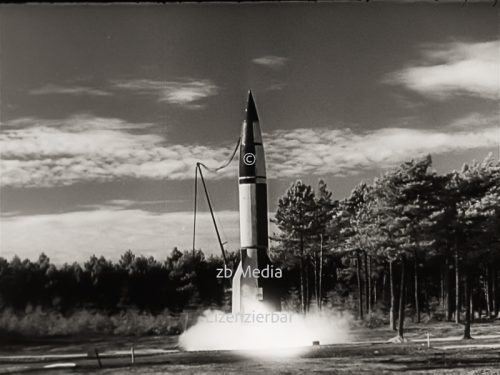Close Up of the Carillon at Munich Town Hall 1945-6; Photo; Licensed Article; Original: 5740×4315; Photographer: Unknown;A0 Licensable; Rights: A9 Bleek/zb Media.
Close Up of the Carillon at Munich Town Hall 1945-6
Description
Close Up of the Carillon at Munich Town Hall 1945-6 The Munich Old Town was heavily destroyed in 1945, as the city was badly hit by 74 Allied air raids during the Second World War. Especially in the years 1944 and 1945, there were massive bombings that turned large parts of the historic Old Town into rubble.
Extent of Destruction
More than 50% of the entire city was destroyed, with the rate being even higher in the city center.
The Old Town was about 90% affected, including many significant historical buildings, churches, and squares.
By the end of the war in 1945, Munich was a landscape of ruins, yet many buildings were later rebuilt.
Important Damaged or Destroyed Monuments
Churches
Frauenkirche (Munich Cathedral): Roof structure burned, towers remained intact.
Theatine Church: Dome and facade severely damaged.
St. Peter’s Church (oldest church in Munich): Heavily hit, tower damaged.
Asam Church: Interior damaged but not completely destroyed.
Palaces & Residences
Munich Residence: Almost completely burned out, only parts of the outer walls remained. Particularly affected was the Old Residence, the Treasury, and the Court Chapel.
Nymphenburg Palace: Less damaged than other buildings, but some areas affected.
Town Hall & Squares
Old Town Hall: Severe damage, tower remained intact.
New Town Hall at Marienplatz: Parts of the building were damaged but not completely destroyed.
Marienplatz: Many surrounding buildings were damaged or destroyed.
Viktualienmarkt: Large parts destroyed, later rebuilt.
Further Significant Buildings
Feldherrnhalle: Facade damaged but remained.
National Theatre: Almost completely destroyed.
Bavarian State Library: Large parts burned, enormous loss of historical documents.
The Munich Old Town was one of the most severely destroyed city centers in Germany. However, through reconstruction after 1945—often with reconstructions of historical buildings—the original character of the city was partially preserved, even though modern elements have been incorporated.
Additional information
| License fee | € 55 to € 670 |
|---|---|
| Brand | History library |

